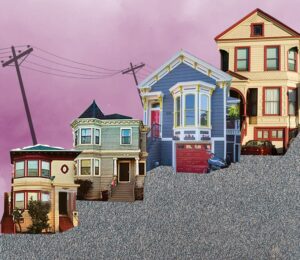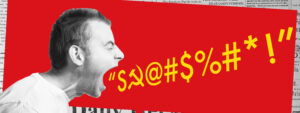I have been in Florence a little over a week, but it only took a 20-minute cab drive from the airport to dislodge my presumptions about this intricate Renaissance city. Having never traveled to Europe – in fact, having never had any foreign travel experience except for a brief sojourn to central Mexico as an adolescent – I had applied to the Accademia Italiana in Florence, Italy through Arcadia University. Images, mostly culled from Google, soared through my mind as my plane landed at the Florence airport. But the bright orange tiles I had dropped onto a complex geometry of searing white Mediterranean buildings were abruptly knocked sideways during that first cab ride.
A serious European character pervaded the narrow stone streets, which were bordered by tall, hunched buildings of charcoal and brown. The Italians were dressed in a smoky winter palette, each woman sporting leather boots and beautifully cut jackets coupled with heavy leather bags. The piazzas were a smattering of lonely benches and pebbles, often circling a tall statue or stone edifice. The city seemed cold and unforgiving of my American idiosyncrasies, which I could suddenly spot in every one of my actions. I wandered the streets for an hour before realizing that cafes were restaurants and bars were cafes. I ordered a latte and promptly found myself sipping a glass of warm milk; when I tipped the barista a euro he looked at it like it was a diamond ring left on the counter.
But as I ventured further out and into Florence during the following days, and realized that nothing I found easy in Oakland would be anything short of a cultural education here, I began to adapt to the Florentine mannerism of the city. “Cafe latte, por favore, e uno cornetto,” I said proudly at the next bar I visited – and then drank the best latte I’d ever tasted while stashing my Rick Steve’s Italian phrasebook in my blue army surplus bag.
The one thing I did not underestimate was the art. My walk to Accademia Italiana passes by the Duomo, which hovers over this city and cements its place in history. Each day I wave to a 15-foot copy of Michelangelo’s David in the Piazza Della Signoria. I cross the Ponte Vecchio with its sparkling jewelry stores before narrowly evading speeding taxis and scooters crossing the roadway. I catch shouted Italian and feel ecstatic when I recognize a single word. While I miss Mills, which is perhaps far more like the Mediterranean paradise I had anticipated here, I am beginning to feel a trace of comfort within myself as I make my way to classes through the heavy color and solid history of Florence’s streets.




